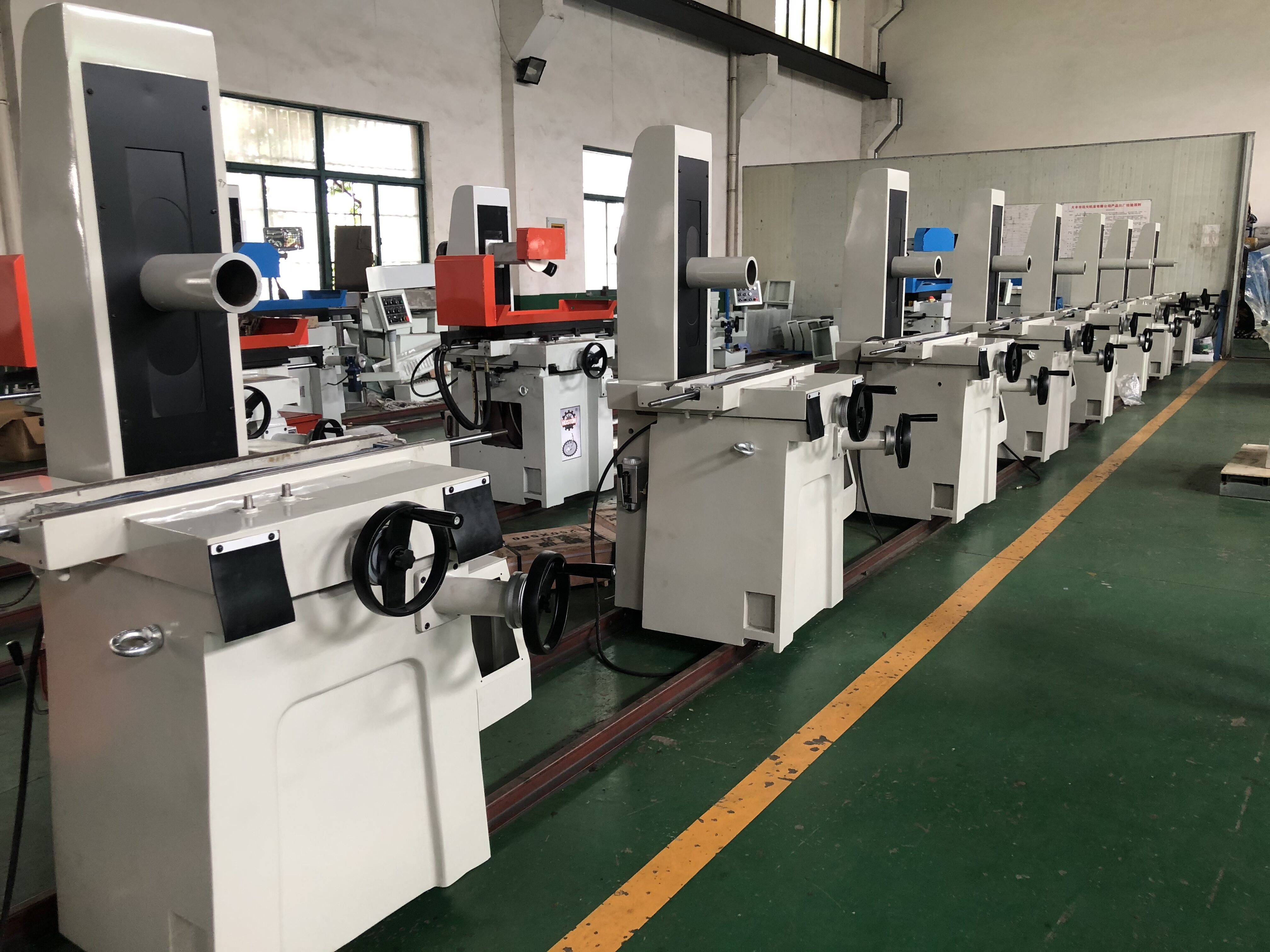cnc milling turning
CNC milling turning is an advanced machining process that combines the capabilities of milling and turning within a single setup. This process is characterized by its high precision and efficiency, enabled by computer numerical control (CNC) technology. The main functions of CNC milling turning include cutting, drilling, and shaping materials such as metal, plastic, and wood. Technological features like automated tool changers, multi-axis capabilities, and high-speed spindles enhance its performance. Applications span across various industries, including automotive, aerospace, and manufacturing, where complex parts and components are produced with exceptional accuracy and consistency.

